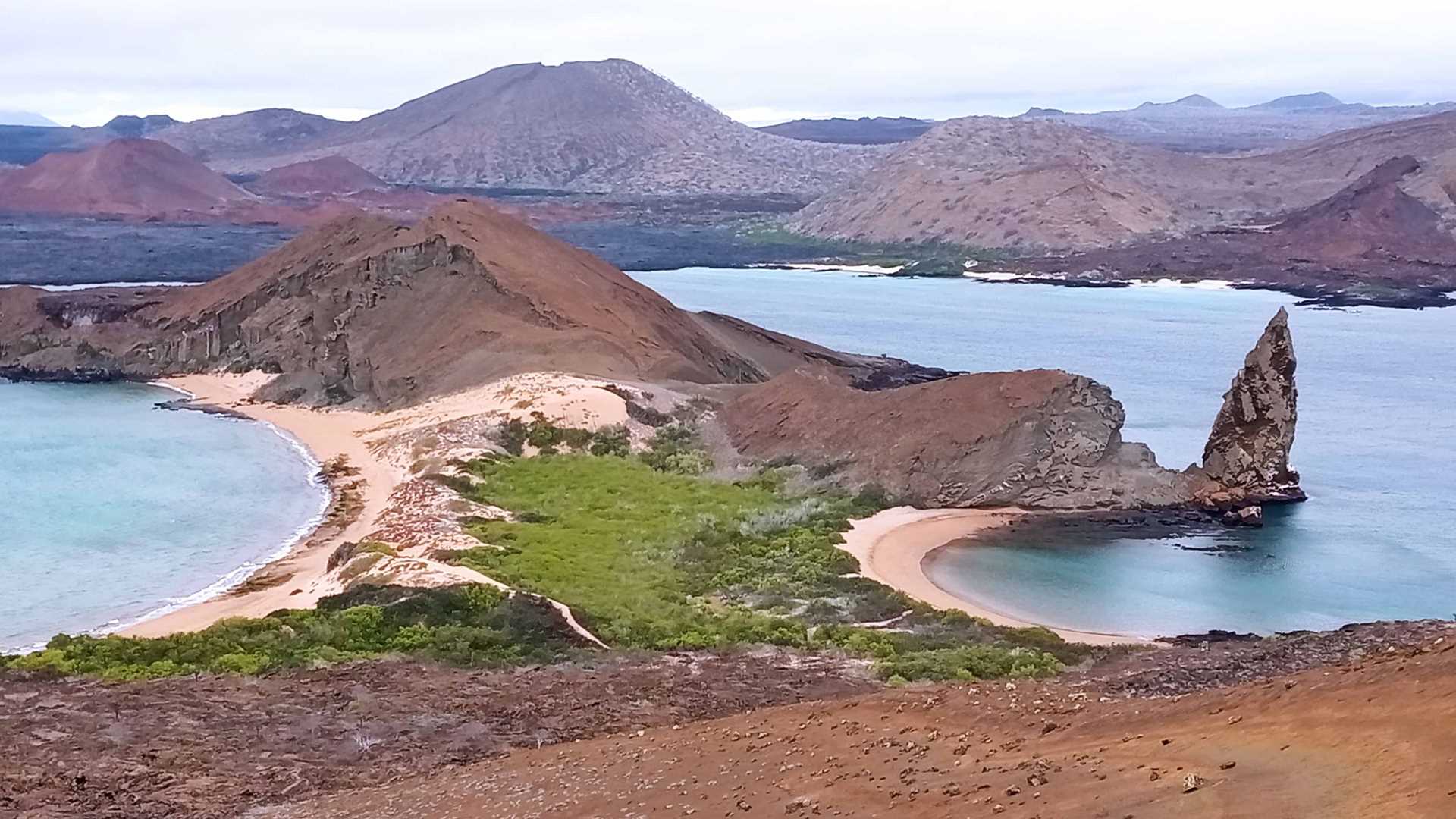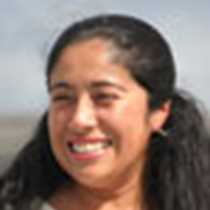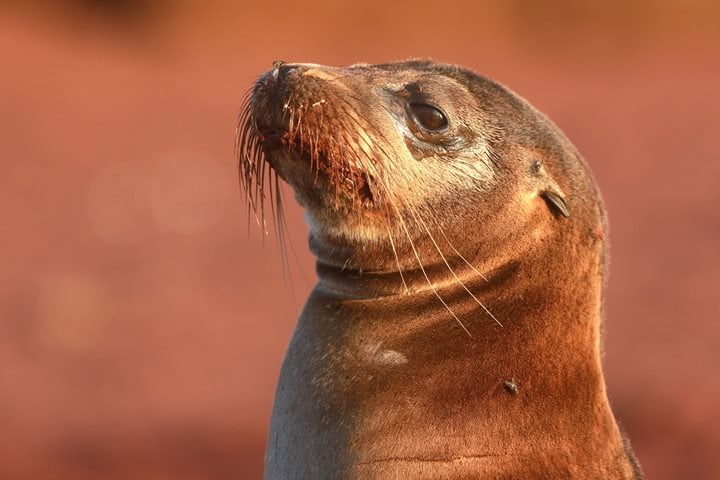On the first full day of our expedition, we visited Bartolome Island in the morning. It was a typical September morning, right in the middle of the dry, cool season, and the air was mild and breezy. Considered a jewel in the crown of the Galapagos Islands, Bartolome is small but due to its youth, it is like a field guide of geological features and is also dotted with small craters and cones. Bartolome is also home to a small colony of endemic Galapagos penguins, which find little lava tubes and caves along its shores where they can safely nest. In the afternoon we reached the northern coast of Santa Cruz, and visited a place called Cerro Dragón or Dragon Hill. This area is protected by the National Park Directorate for the remaining population of endemic land iguanas, as they have disappeared from the rest of Santa Cruz. We hiked through the arid zone of the lower slopes of the island, where the dominant trees were prickly pear, candelabra cacti, and palo santos, the fragrant incense trees.
Call +1.800.397.3348 or contact your travel advisor









